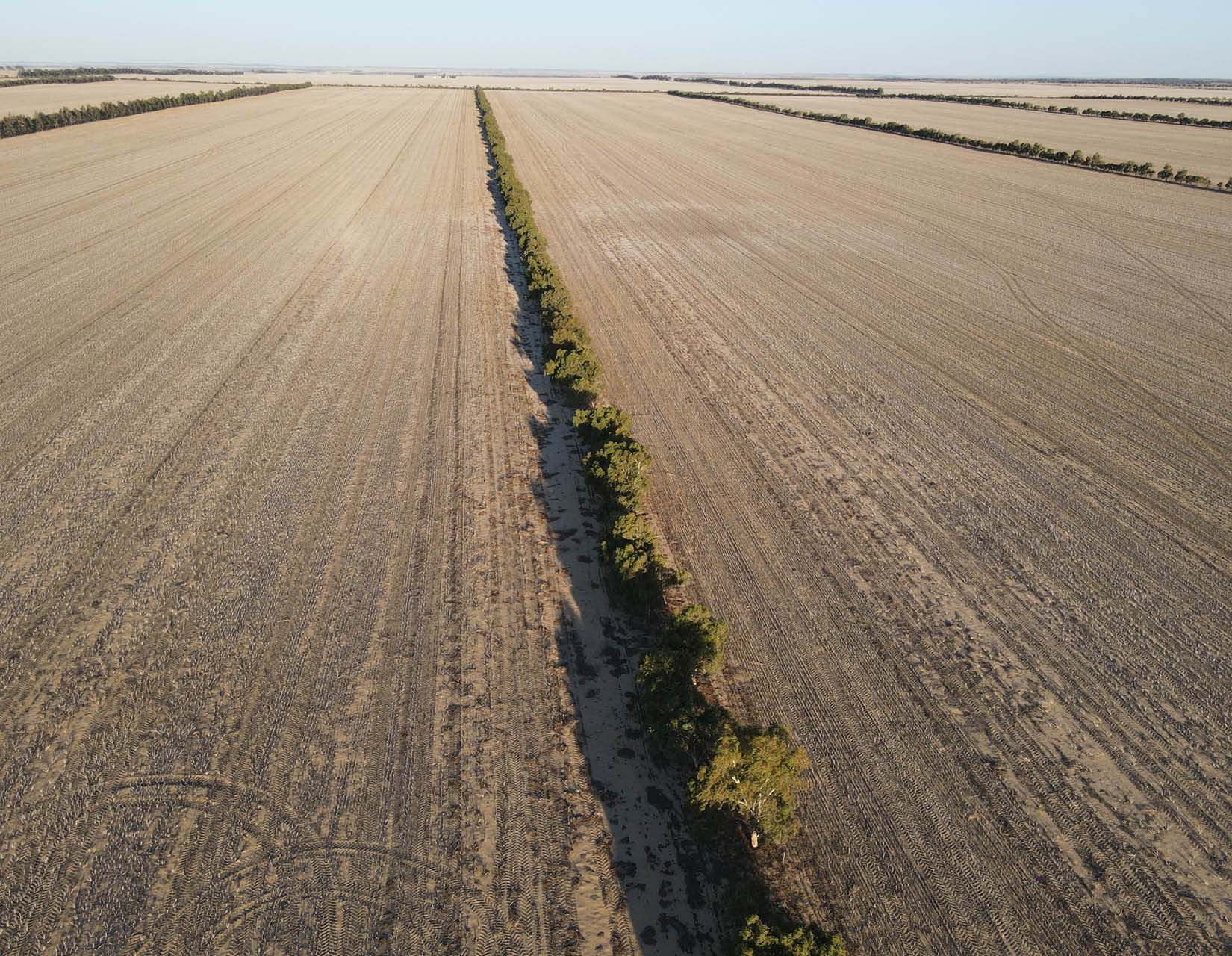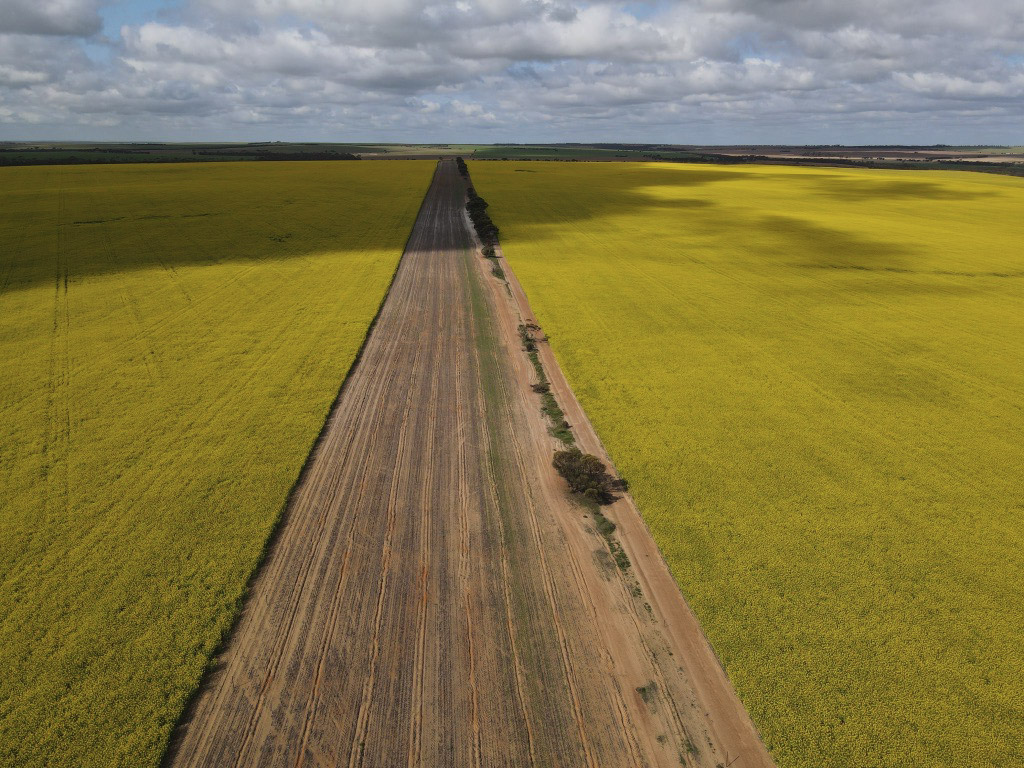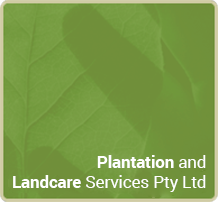The benefits of shelter to the land whether it be broadacre or the small landholder have long been recognised and include protection of crops, livestock, and the home, reduction of soil erosion, salinity control and biodiversity improvements.
Shelterbelts are vegetative barriers that are designed to reduce wind speed and provide sheltered areas on the leeward (the side away from the wind) and windward (the side toward the wind) sides of the shelterbelt.
PALS will design a belt to suit soil types and rainfall and fix problems by protecting eroded zones and capital assets or by creating paddock shelter.
Parameters of the design include:
Case Study
Mullewa, West Australia
Problem:
The Midwest of West Australia grows some of the best cereal and lupin crops in Australia. However the soils are very fragile with the dominant soil type being non-wetting sand. Soil erosion is a major problem, especially when the paddocks have just been sown to crop and at the end of summer when the stubbles have deteriorated.
The top few centimetres of soil is usually the most fertile and most valuable for crop and pasture production. While the loss of a few millimetres of soil during a heavy downpour or windstorm may not seem critical, the impact over time on farm productivity and fertiliser requirements over a generation can be devastating.
Solution:
A series of strategic belts were planted across the prevailing winds to follow the working pattern of the paddocks and help with the overall paddock management by controling traffic and GPS guidance.
PALS recommended that each belt was to be four lines wide with the outside lines containing mallee trees. Low shrubs were added to provide low shelter and prevent further land loss to root penetration in the crop. Taller eucalyptus species add height through the central rows.
Alternative design options: Where possible fodder shrubs are integrated. This adds shade and low shelter and increases the grazing capacity of the belts. A mix of tall, deep-rooted native eucalyptus and mallees is the ultimate in shelterbelt design. Fodder shrubs are also less sensitive to chemical drift, a major consideration on broadacre cereal properties.

Strategic wind breaks that intergrade with GPS and machinery width


